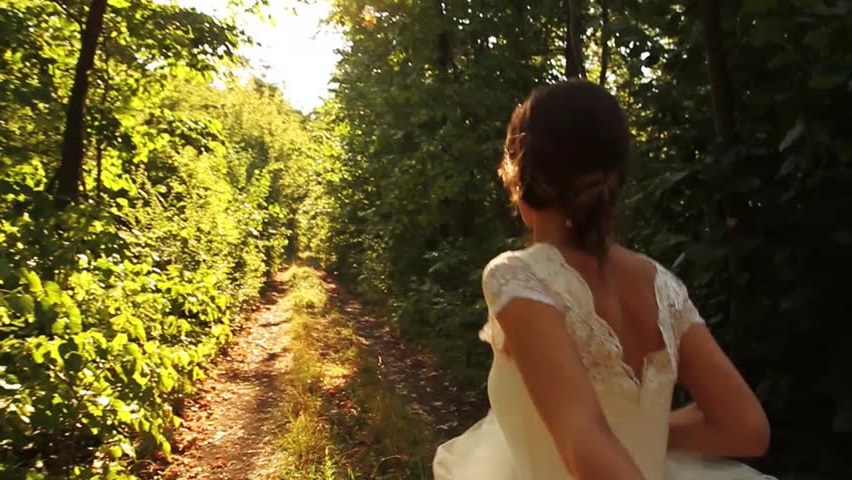Weddings are occasions of sentimentality and nostalgia. This is probably the reason why more and more couples are opting for wedding themes which hark back to the bygone eras of romance, particularly the uber-chivalrous Medieval Age. There’s no better way to reenact the Lancelot-Guinevere love affair than by having a Medieval theme for your very own wedding.
Of course, the setting can make or break the ambiance. You’ll need a Camelot of your own, or something close to it, to pull this off. Fortunately, Gothic churches are not hard to find, or at least one which resembles it. Choose a church which is stone-laden, decked with a myriad of stained glass panels, and if possible, with a framework accent of Tudor wood.
Modern venues can be given a medieval touch if laden with sprawling ivy and decked with scrolls and banners, stark black candleholders and huge flower baskets. Reception is ideally held in authentic castles, or at least buildings which emulate such to an extent. If you want the work lifted off of your shoulders, you can get married at a seasonal Renaissance Fair. The setting and mood is already set, and all you have to do is show up on cue with the bridal party.
You may have to rethink your bridal dress if you are planning on wearing the traditional Western wedding gown. Medieval dresses are in regal color contrasts, mostly a combination of deep purple, sage green, and burgundy wine. The silhouette has lace running along the sides and back, with extended sleeves, and a lengthy pleated skirt.
A ribbon of subtle metallic color running along the fabric was often a prominent accent, and the torso is cut to resemble that of a coat. Instead of wearing a veil, the bride should wear her hair long, crowned with crescent of ivy, herbs, and blossoms, with an attached lace left to hang loose behind the head.
Men should eschew the tux for breeches and tights (you asked for it anyway), an outfit which is strikingly similar to that of Robin Hood himself. If the groom’s hair is long enough, it is better to wear it loose. If the attire sounds more of a costume rather than matrimonial couture, keep in mind that the outfits were chic during the era, and fabrics in tapestry patterns are perfect clothing for the whole wedding entourage. There are bridal shops which specialize in these kinds of outfits, and even if your luck runs out, your local costume shop can be your last resort.
The floral arrangement should emulate that of the age, meaning that it should be as rustic and naturally-arranged as possible. The floral colors should be of the same rich, dark shades of the outfits, in deep hues of orange, brown, and red. The bridal bouquet must be considerably large, hand-tied, and effusing with the scent of lilies, ivies, roses, and amaryllis. Don’t forget to incorporate herbs in the mix, as these are particularly the quintessential symbol of the era.
Adding such potent herbs as basil, thyme, and rosemary will lend a pungent accent to an already vibrant theme. Also, be sure to incorporate wheat to the theme as well. This plant was closely associated to female fertility, and Medieval-themed weddings wouldn’t be as faithful to the original without it.
